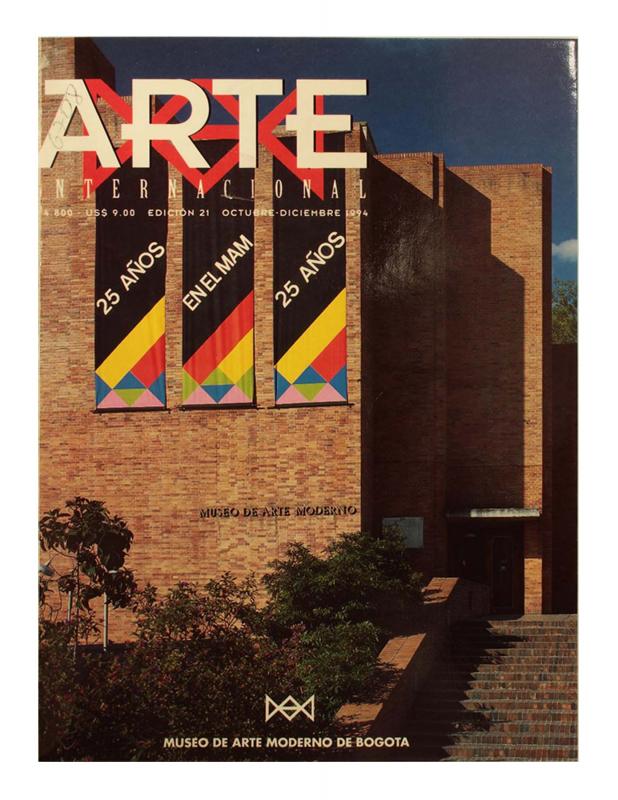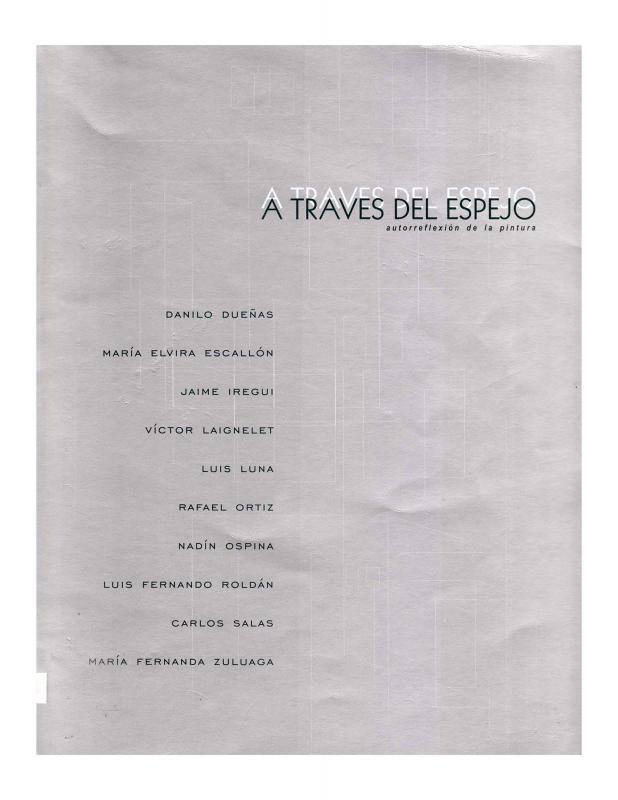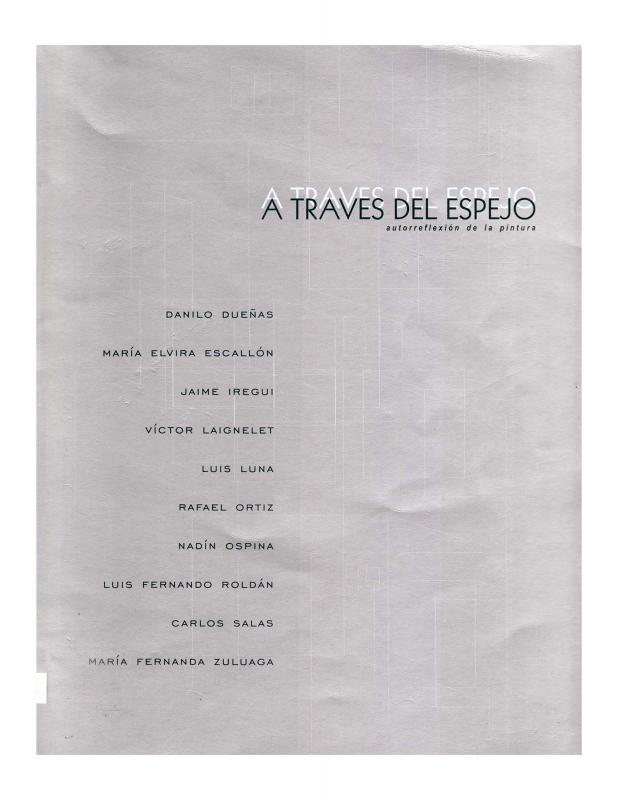This essay by the artist Víctor Laignelet (b. 1955) is relevant because of its insights into the painter’s thinking and his ideas in which the relationships between image and space stimulate attractions and rejections between binary polarities, diversity, and unity. He also discusses the idea of self-reflection which he articulates, as a mirror of the installation of the work La docilidad de la vaca [The Docility of the Cow] (1997–98), which consists of four panels placed at cardinal points on which he painted a cow as a symbol of docility. This text was published in 1998 together with essays by other artists in the catalogue of the exhibition, A través del espejo: autorreflexión de la pintura [Through the Looking Glass: The Self-reflection of Painting] organized by the Museum of Modern Art in Bogotá. On the occasion of the exhibition A través del espejo, the selected artists were invited to study the museum space eight months in advance so that they might each create projects that “installed their painting.” The authors, mainly painters, had one thing in common: they structured their work conceptually according to the space as an “object of knowledge” that generated new dynamics and new contents. For more information on this type of curatorial practice (see “Autorreflexión de la pintura” [The Self-reflection of Painting], doc. no.1133157). The Colombian artist Víctor Laignelet has received several honors, such as the Luis Caballero Prize for Una jaula fue a buscar un pájaro [A Cage Went Looking for a Bird] (1997), Galería Santa Fe; a Colcultura grant for his research in “Arte y nuevas tecnologías” [Art and New Technologies] (1994); and First Prize at the XXX Salón Nacional de Artistas [XXX National Artists’ Salon], also organized by Colcultura (1986).
This document is related to the following [see A través del espejo: autorreflexión de la pintura, [Through the Looking Glass: The Self-reflection of Painting] doc. no. 1076656; and “Notas sobre una pintura alijada” [Notes on a Sanded-down Painting] doc. no. 1076252, both by Carmen María Jaramillo].



